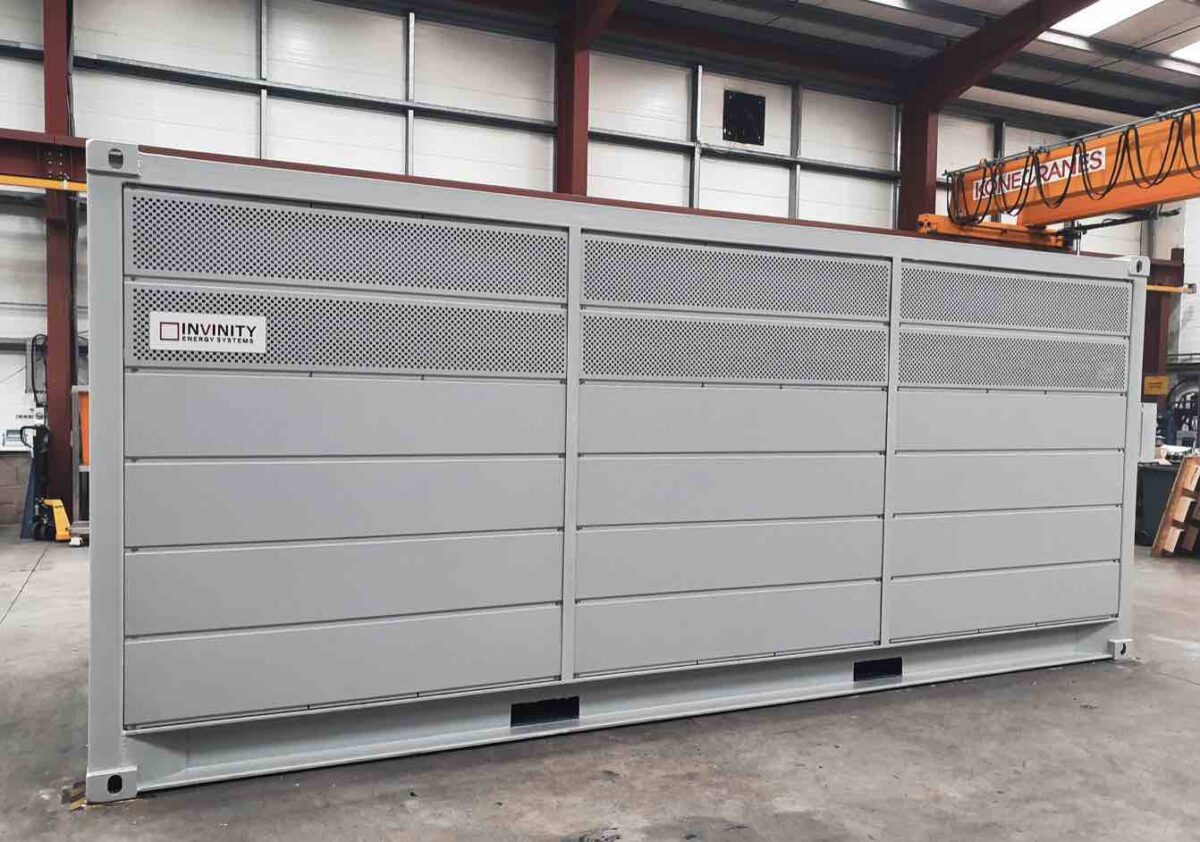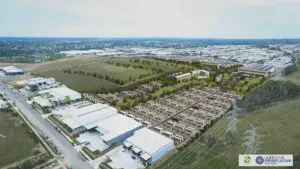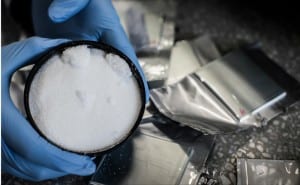Australia could have a strong battery manufacturing industry because of the sheer scale of demand, but not without taxpayer subsidies and only in niche areas, experts say.
Research to be launched at Parliament House on Friday recommends targeting the electricity grid’s needs and heavy vehicle batteries used in buses, mine haul trucks and on farms.
To make energy storage cheaper for households, the federal small-scale renewable energy scheme should support batteries, not just rooftop solar and solar hot water systems, the report by think-tank Beyond Zero Emissions (BZE) recommends.
Further stoking demand, the so-called national capacity investment scheme for energy should be doubled from six gigawatts to 12GW by 2030 and 24GW by 2035, BZE said.
Australia is at the leading edge of grid decarbonisation and the need for longer-duration storage is immediate, the report warned.
Batteries help to power cars and homes and can play a vital role in backing up a clean energy grid, enabling it to reach 100 per cent renewable energy and supporting decarbonisation in other sectors.
BZE chief executive Heidi Lee said a sovereign battery manufacturing industry could create 44,000 jobs and $57 billion in GDP by 2035, with an injection of $2 billion in capital.
Manufacturing hubs would be in industrial regions such as the Hunter Valley in NSW, Victoria’s Latrobe Valley, central Queensland, and Kwinana in Western Australia.
The global lithium battery market alone is estimated to be worth $1.25 trillion a year by 2030 and $1.9 trillion by 2035.
Some 60 per cent of the value chain is concentrated across cell and battery pack assembly, but Australia makes up less than one per cent.
“Australia is the only country in the world which has all the minerals required to make batteries, inverters and relevant components,” Ms Lee said.
“Australia could grow from a ‘dig-and-ship’ approach to a ‘mine-and-make’ nation, mining and refining lithium and other minerals, then manufacturing batteries onshore.”
The report also calls for production tax credits to attract investment in new factories and refineries.
Brian Craighead, CEO of Energy Renaissance, said the nation should supply its own needs.
“That $2 billion investment would help us build a new battery cell factory in Australia rather than buying the cells from countries such as China,” he said.
Australia could support up to five giga-factories if it produced enough batteries for domestic energy storage and commercial electric vehicles from now until 2035, according to the research.
These factories alone would create 20,000 advanced manufacturing jobs and add $17 billion to the economy.
Australia could also make redox flow batteries, which are highly suited to the country’s needs, the report said.
Flow batteries are modular, non-flammable, last for decades and are fully recyclable.
Thomas Nann, CEO and co-founder of flow battery manufacturer Allegro Energy, said Australia could become “a leading centre for green energy storage, innovation and manufacture” with federal support.
Redflow, Vanadium Australia, North Harbour Clean Energy, Vecco Group and VSUN Energy are also going with the flow.
AAP










